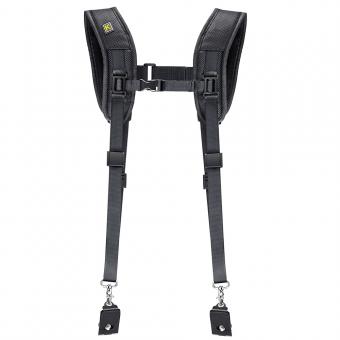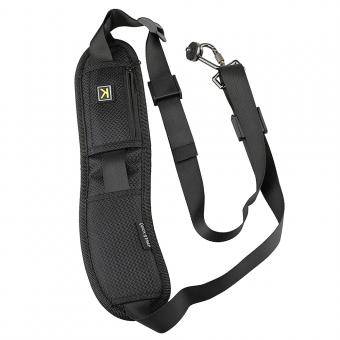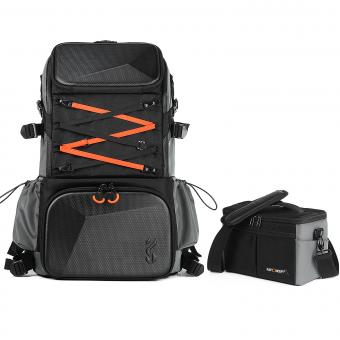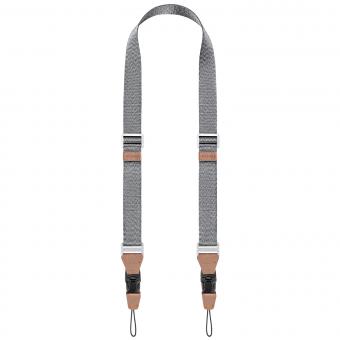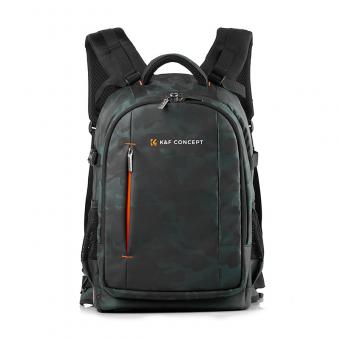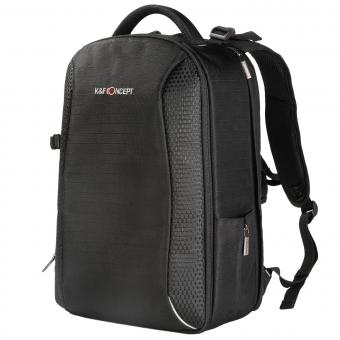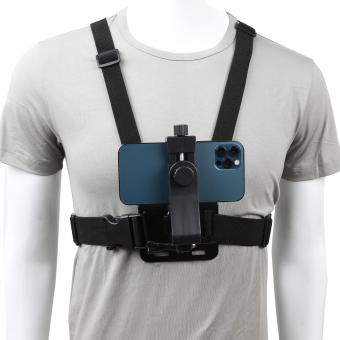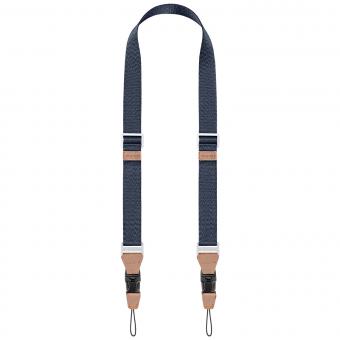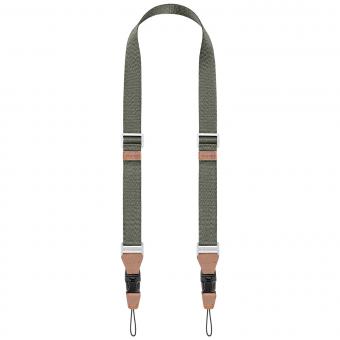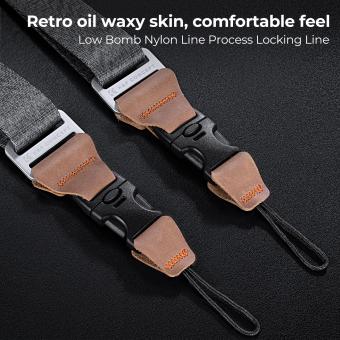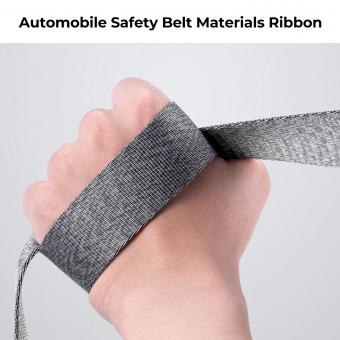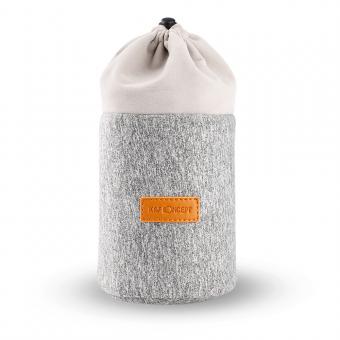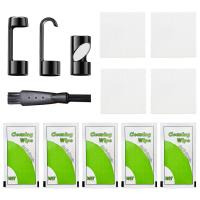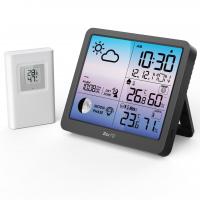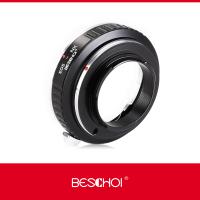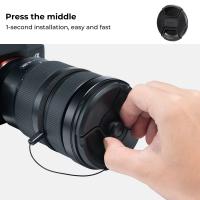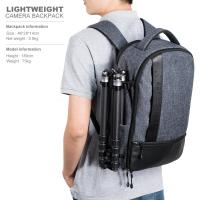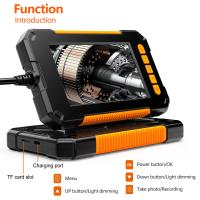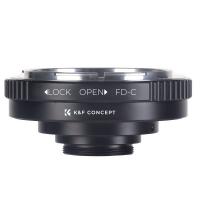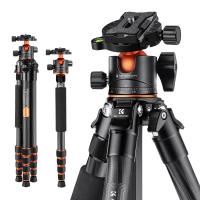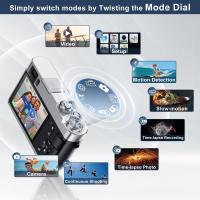Camera Strap How To?
To attach a camera strap, first locate the strap lugs on either side of the camera. Then, thread one end of the strap through one lug, ensuring that the strap is not twisted. Next, thread the other end of the strap through the other lug. Finally, adjust the length of the strap to your preference and ensure that it is securely attached before using the camera.
1、 Types of camera straps
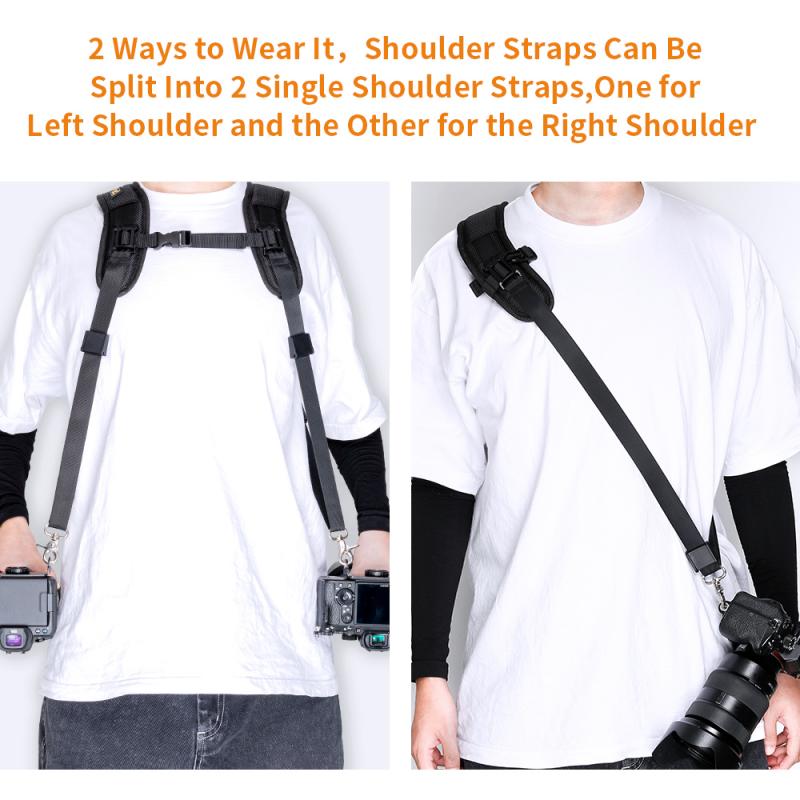
"Types of camera straps" have evolved over the years to cater to the diverse needs of photographers. The traditional neck strap remains popular for its simplicity and ease of use, allowing the camera to hang comfortably around the neck. However, newer designs such as sling straps and harness systems have gained popularity for their ability to distribute the weight of the camera more evenly, providing greater comfort during long shooting sessions. Wrist straps are also favored by photographers who prefer a more compact and portable option.
In recent years, there has been a growing trend towards more ergonomic and customizable camera strap designs. Manufacturers are incorporating features such as padding, quick-release mechanisms, and adjustable lengths to enhance comfort and convenience. Additionally, there is a rising demand for camera straps that offer a balance between functionality and style, with options available in various materials, colors, and patterns to suit individual preferences.
As for "camera strap how to," it's important to consider factors such as the weight of your camera, your shooting style, and personal comfort preferences when choosing a camera strap. When using a neck strap, ensure that it is adjusted to the appropriate length to avoid strain on your neck and shoulders. For sling straps and harness systems, familiarize yourself with the proper way to wear and adjust them to maximize their benefits. It's also essential to regularly inspect and maintain your camera strap to ensure its reliability and longevity.
2、 Proper way to attach a camera strap

"Proper way to attach a camera strap"
Attaching a camera strap properly is essential for the safety and security of your camera equipment. Here's a step-by-step guide on how to attach a camera strap:
1. Identify the attachment points: Most cameras have designated attachment points for the camera strap. These are usually small metal loops or eyelets located on either side of the camera body.
2. Thread the strap through the attachment points: Begin by threading one end of the camera strap through one of the attachment points. Then, loop it back through the other attachment point. Make sure the strap is not twisted and lays flat against the camera body.
3. Secure the strap: Once the strap is threaded through both attachment points, ensure that it is securely fastened. Give it a gentle tug to make sure it's properly attached and won't come loose.
4. Adjust the length: Many camera straps come with adjustable length features. Adjust the length of the strap according to your preference, ensuring that the camera hangs comfortably and securely around your neck or shoulder.
5. Check for twists or tangles: Before using the camera, double-check that the strap is not twisted or tangled in any way. This will prevent any potential accidents or damage to the camera.
From a modern perspective, there are now various types of camera straps available, including sling-style straps and quick-release systems. These options provide added convenience and comfort for photographers, allowing for quick access to the camera while ensuring its safety. Additionally, some straps are designed with anti-slip features or padding for extra comfort during long shooting sessions.
Overall, attaching a camera strap properly is crucial for the safety and security of your camera, and with the advancements in strap design, photographers now have more options to choose from to suit their specific needs and shooting styles.
3、 Adjusting the length of a camera strap
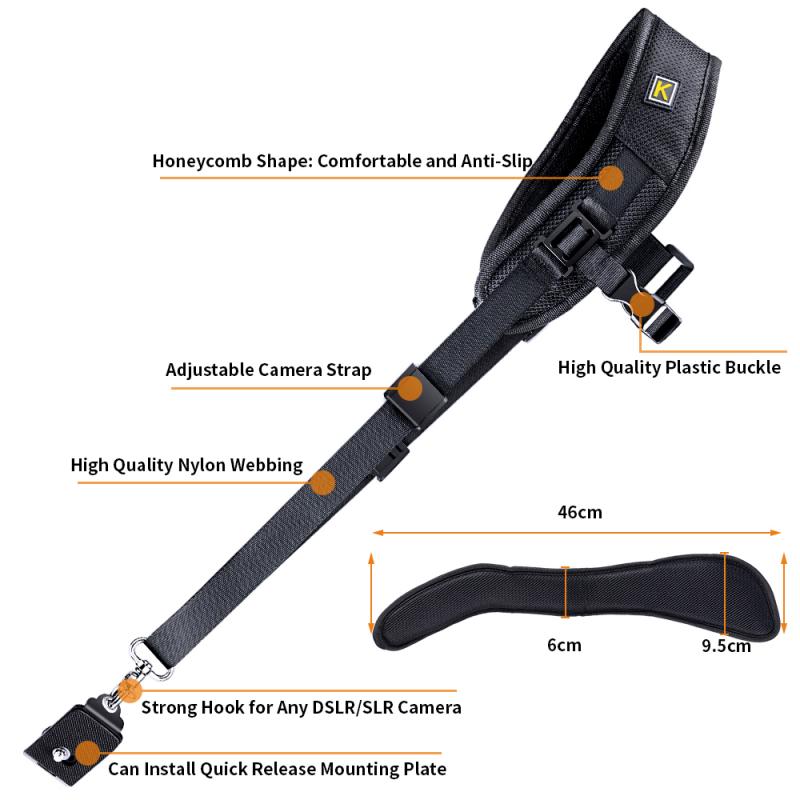
"Adjusting the length of a camera strap" is a common concern for photographers, as it directly impacts comfort and usability during long shooting sessions. To adjust the length of a camera strap, follow these steps:
1. Locate the adjustment mechanism: Most camera straps have a sliding buckle or a clip that allows you to adjust the length.
2. Determine the desired length: Consider your height, shooting style, and comfort preferences to decide on the optimal length for your camera strap.
3. Adjust the length: Slide the buckle or release the clip to lengthen or shorten the strap as needed. Ensure that both ends of the strap are adjusted evenly for balance.
4. Test the fit: Once you've made the adjustment, wear the camera strap and test it out to ensure it's comfortable and secure.
5. Fine-tune as needed: If the strap feels too loose or too tight, make further adjustments until you find the perfect fit.
From a modern perspective, photographers may also consider investing in ergonomic camera strap designs that distribute weight more evenly across the body, reducing strain during extended use. Additionally, adjustable camera straps with quick-release mechanisms have become popular, allowing for easy length adjustments on the go. As photography equipment continues to evolve, so do the options for comfortable and customizable camera strap solutions.
4、 Using a camera strap for different types of photography
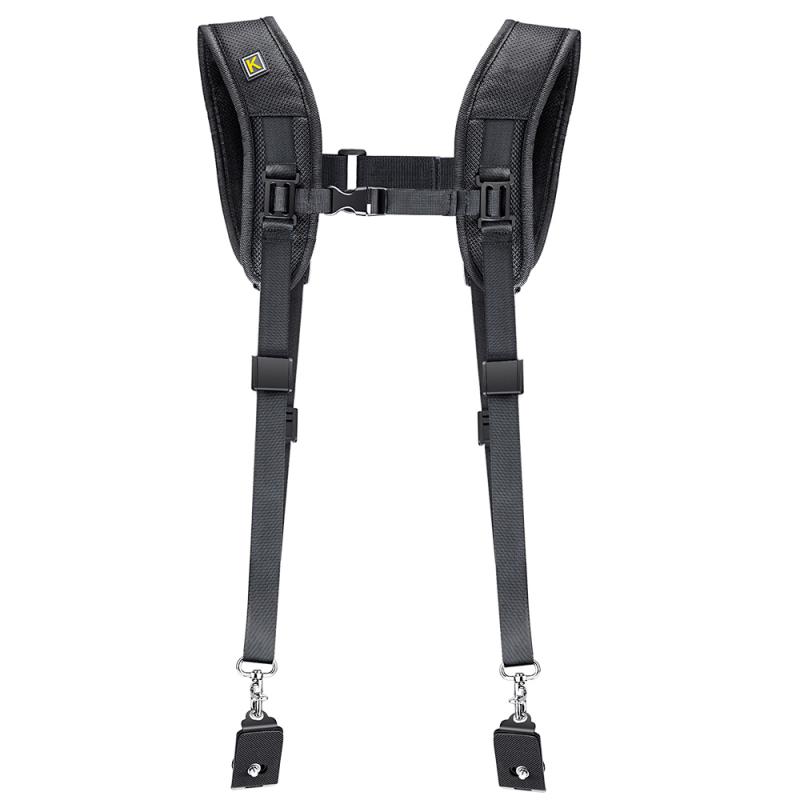
"Using a camera strap for different types of photography" can greatly enhance the photographer's experience and help ensure the safety of their equipment. Here's a guide on how to use a camera strap effectively:
1. Landscape Photography: When shooting landscapes, a camera strap can provide security and peace of mind while navigating uneven terrain. It allows the photographer to keep their hands free while hiking or climbing, ensuring that the camera is always within reach for capturing those breathtaking vistas.
2. Street Photography: In urban environments, a camera strap can be essential for quick and discreet shooting. By using a cross-body strap, photographers can keep their camera close to their body, ready to capture candid moments without drawing attention to themselves.
3. Wildlife Photography: When photographing wildlife, a camera strap with quick-release buckles can be invaluable for swiftly accessing the camera when unexpected opportunities arise. This type of strap allows for rapid deployment of the camera while maintaining a secure connection to the photographer's body.
4. Event Photography: For events such as weddings or concerts, a comfortable and adjustable camera strap is crucial for long hours of shooting. Look for a padded strap with ergonomic design to minimize strain on the neck and shoulders.
5. Latest Point of View: With the rise of mirrorless and lightweight camera systems, there is a growing trend towards using more minimalist and versatile camera straps. Many photographers are opting for slimmer, quick-adjust straps that offer both security and comfort without adding unnecessary bulk.
In conclusion, using a camera strap tailored to the specific demands of different types of photography can greatly improve the shooting experience and ensure that the photographer's gear remains safe and accessible.

